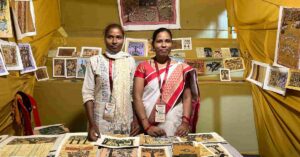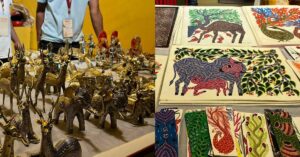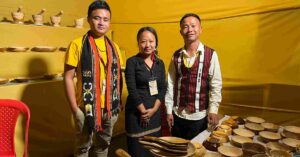Generation 1947: Letters, Diaries & Rare Pics That Immortalise Pre-Independence India
The Citizens’ Archive of India is a digital repository of how India has transformed through time. We take you through this past version of the country through 10 pictures, from diary entries to old letters and faded photographs.

In 2017, Malvika Bhatia was building audio guides for heritage sites and neighbourhoods across the world with a friend.
One evening, the friend introduced her to a gentleman named Rohan Parikh. Malvika would soon learn two interesting things about him — one that they were neighbours, and the other that Parikh was running a unique initiative named The Citizens’ Archive of India.
The digital oral history archive, she explains, aims to be a ready resource for anyone interested in learning about the past, as well as to start a conversation around stories that rarely get a voice.
At a meeting over a cup of chai, Parikh proposed that Malvika take over the running and management of the archive. Presently, she serves as the archive director.
“Since I joined in 2017 to date, we have interviewed over 300 people born before Indian independence about their lives and the way they have seen India develop and change over the years. We also collect material memory — photographs, letters, envelopes, diaries, newspapers and the like, and have a collection of over 4,500 material items,” she explains.
While the archive juggles a host of projects, a particular one that stands out.
The Generation 1947 Project
The project involves interviewing any person who has a story predating Independence.
“We speak to just about anyone who has lived a significant part of their life in India and was born before 15 August 1947,” adds Malvika. “We do all sorts of different stories, and it goes to show how different life is for people who grew up at different ends of the spectrum. It portrays how times have changed.”
Malvika says her familial ties have profoundly influenced the ease she feels when engaging with people of the older generation. “I grew up in a home that echoed with laughter and voices of grandparents, granduncles and aunts. I’d established a kind of comfort with them,” she explains.
So when Malvika began conducting interviews for the archive, she started right at home, with her own family.
The brief she gave them was simple. “Tell the stories you told me as a child, but I’m going to keep a camera and microphone on while you do it.”
Through time, the archive has expanded to accommodate all the memories and stories of the past, shared by people who have lived them.
Here’s a walk through some of the most heartfelt ones.
1. A new age
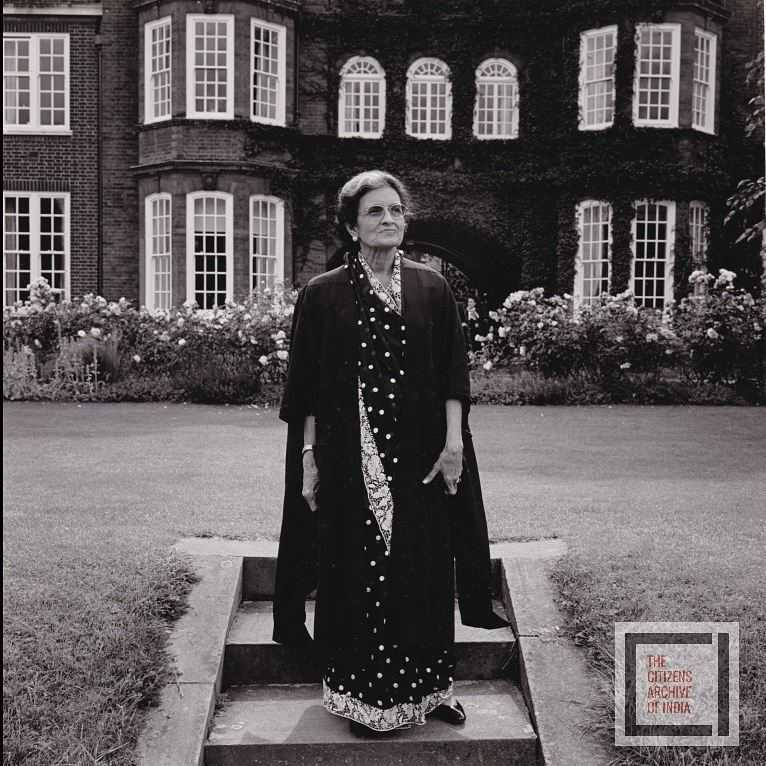
Mrs Mithoo Coorlawala (100 years old at the time of the interview) attended Newnham College at the University of Cambridge from 1938-1939.
This was an age when women were not awarded degrees. As Mrs Coorlawala recalls, “The men’s colleges were so furious when two women’s colleges were established that they burnt down the gates of our college, Newnham, and also, they had a big tamasha in the marketplace. There was a lot of violence against the opening of a women’s college. And (they said), ‘You can have a college there if you must, but you don’t get degrees.’”
“You could study, have the same syllabus, sit for the same exams, but when you passed, you didn’t get a convocation. You got your degree by post. It was not a recognised thing. It was more a ‘do it if you must’. That was pretty humiliating. After a lot of agitation, they began to give degrees at a convocation, the same as the men. So I went to celebrate 50 years of that.”
2. Bon voyage

International trips, while a common feature today, were nothing short of luxury in the past. The feeling of excitement at embarking on a new voyage, the thrill of waving goodbye to one’s relatives as they stood misty-eyed and the anticipation of the journey ahead, added to the charm of a trip.
One of the interviewees Mrs Madhuri Bhatia experienced these emotions as she set sail to Japan from Bombay in 1937. Here is a page from her sister’s diary, describing their departure.
3. Living to tell the tale
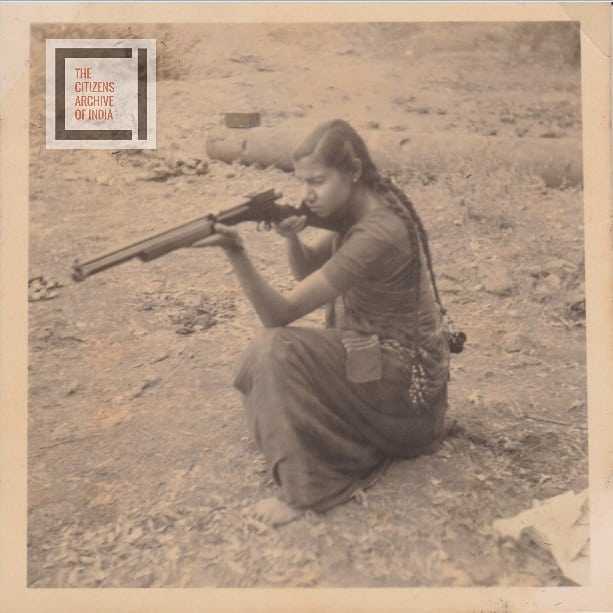
Lt Rama Mehta (now Rama Khandwala), a rani in the Azad Hind Fauj, narrated her experiences of being an eyewitness to World War II at Maymyo, Burma.
“My mother used to work for the Indian Independence League, so when Netaji started the Indian National Army, she became a recruiter for them, and immediately sent my sister and me to be trained in the Rani Jhansi Regiment. We had military training and nurses’ training. We didn’t immediately have uniforms, so for a while, we trained in our ordinary clothes.”
4. A unique travelling style
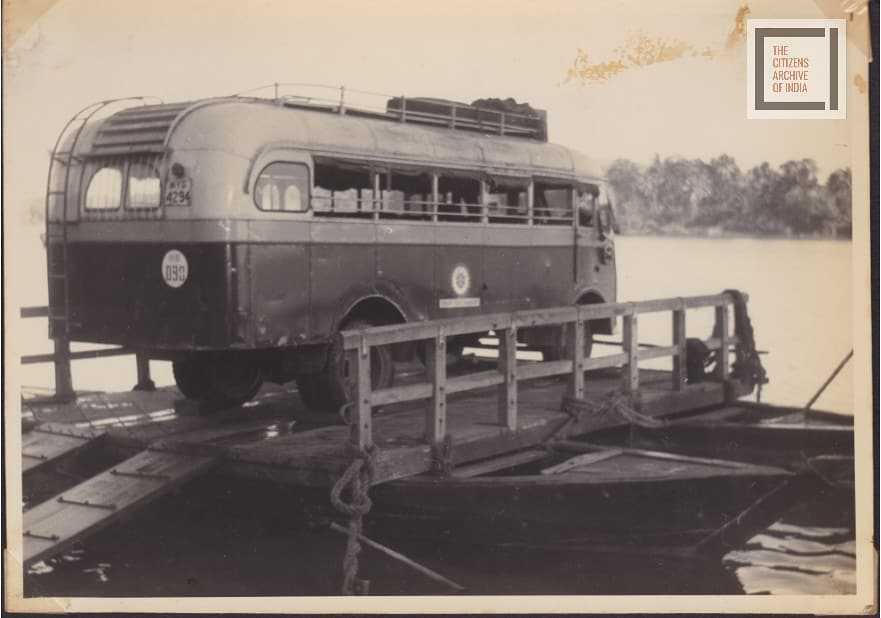
The Citizens’ Archive of India often gets calls pouring in from people across the globe, offering to send in their “bagfuls of photos” that may offer insight into pre-Independent India. The team is more than happy to go through this material memory, as it often leads to them discovering a story.
One such instance was when they went through Mrs Lata Sampat’s wedding album and found a “rather odd picture” of a bus suspended across two boats.
As her testimony later indicated, the picture was an ode to a time before the bridges were built for the Konkan Railway.
“The day after my wedding, my husband’s family was taken to visit Jog Falls. At one point they had to cross the Sharavati River, but there were no bridges then. So everyone had to get out of the bus, and the bus was put on top of two boats and taken across. Once on the other side, they could get in again and continue their trip.”
5. A photo that went down in history
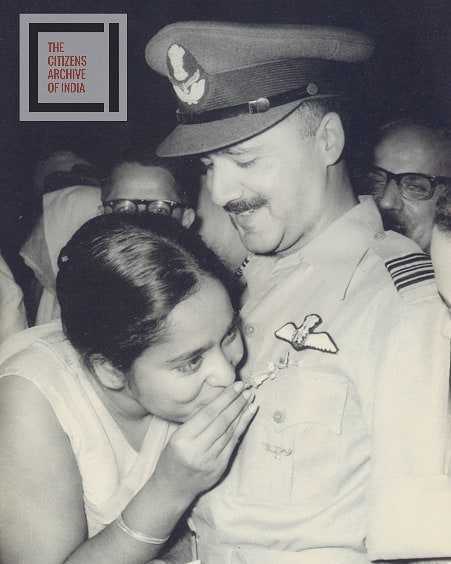
The picture is of Wg Cmdr Jag Mohan Nath and his sister Rajmohini.
“Wg Cmdr Jag Mohan Nath received his first Maha Vir Chakra in 1962 for his service in the war against China. He received the medal once more in 1965. Wg Cmdr Nath told us that the photographer was a close friend, and told his sister, Rajmohini, to kiss the medal. He was most embarrassed by this and reluctant to let this photograph be taken. Funnily enough, the photograph became famous and has been featured in a number of newspaper articles over the years.”
6. An address lost in time

Another material item that the archive holds is an envelope dated July 1933, addressed to Messrs Jeewandas and Co, Merchants. Today, the dwelling, if it still exists, lies across the border — Karachi, India — a simple yet stark reminder of the Partition of 1947 that forced millions to flee their homes.
A stamp on the left commemorates the opening of a new airmail service from Karachi to Calcutta via Delhi.
7. A Republic Day memory

The archive traces the story of Mr Kishore Desai, a keen photographer who watched the first Republic Day parade in Delhi and was able to photograph Dr Rajendra Prasad’s carriage.
In his words, “I remember they barely had any security then. The President and Prime Minister would travel with a pilot motorcyclist at the most. I saw them on many occasions on the streets of Delhi.”
8. A slice of history with your tea
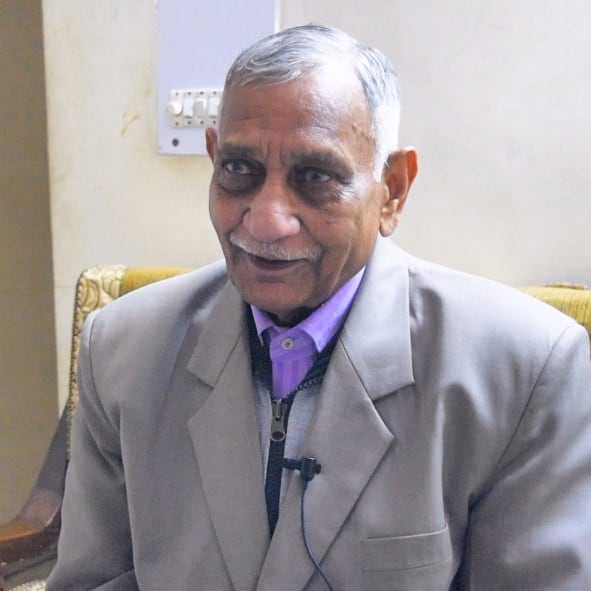
Mr Kartar Singh recounted to The Citizens’ Archive of India how the British introduced tea to India.
As he recounted, “The British gave us the habit of drinking tea. I remember I would go to Man Singh Road – Tughlaq Road. They had a stall there, where they would distribute biscuits and cups of tea. For us, the tea was just an excuse to eat the biscuits.” He added that the biscuits were given for free.
“They were trying to cultivate a habit. They served biscuits along with the tea because none of us Indians really drank tea. We drank it to get the biscuits.” Mr Kartar Singh’s interview was taken as part of the archive’s ‘Dilli Ki Khirki’ project, conducted in partnership with Oral Historian Ekta Chauhan.
9. A plea to be arrested
In the recording, Mr Prahlad Khanna, who witnessed the Quit India Movement firsthand, shares insights about the freedom struggle.
He recounts how his brother, a Congressman, was arrested along with other leaders, and the manner in which these arrests were made. “We used to garland them and send them off in the police cars.”
10. A story pasted on the bedroom wall
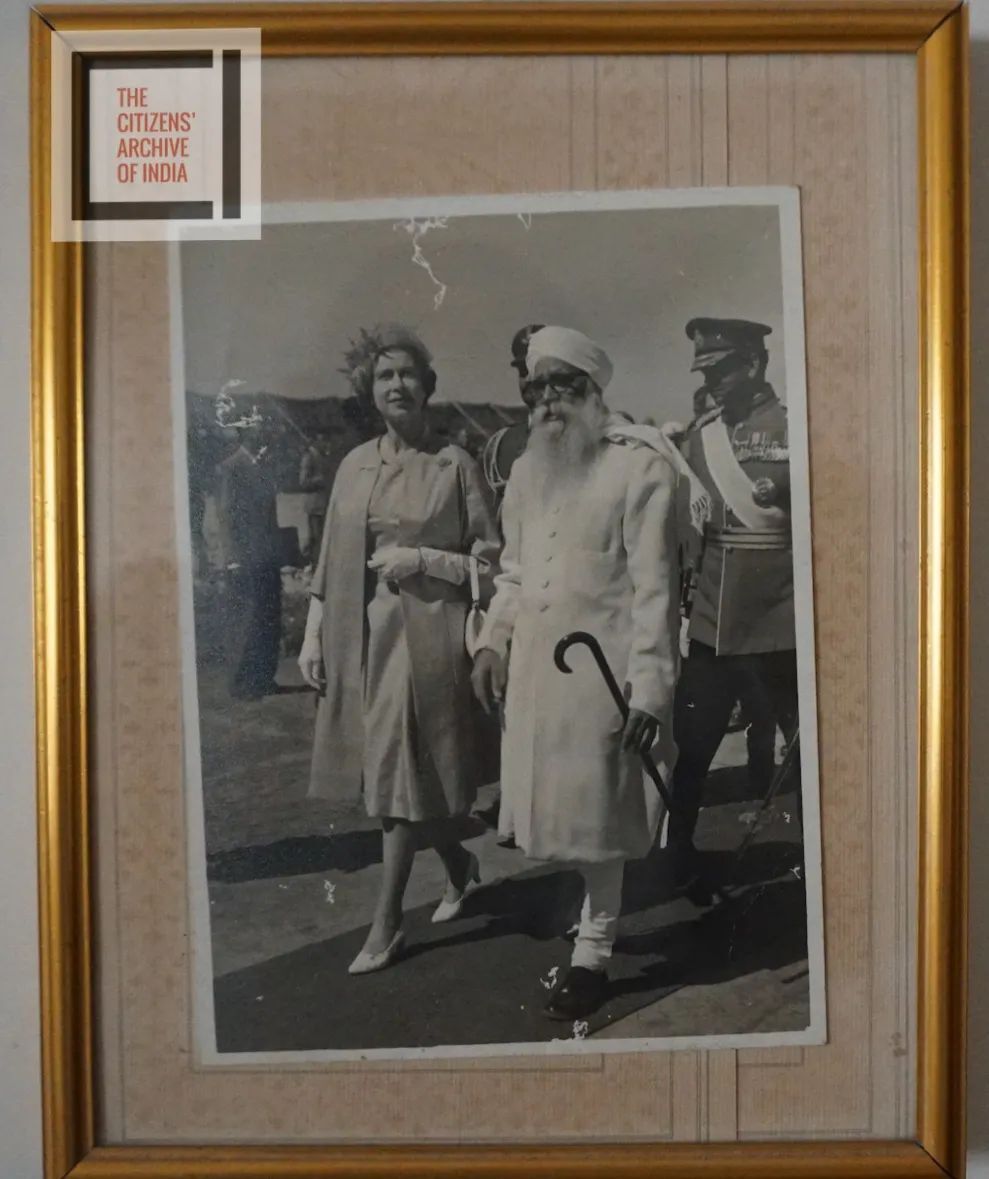
The CAI team, in the process of their interviews, stumbled upon a picture pasted onto the bedroom wall of Harbans Singh, daughter of the former governor of Rajasthan.
Taken in 1961, the picture portrayed Harbans’ father Gurmukh Nihal Singh with the Queen. Harbans, who missed the visit, holds the picture very dear to herself.
“At the time the Queen visited, I couldn’t go because there were guests at my in-laws’ house. My father had asked me to come, but I couldn’t. But I have kept a picture in my bedroom.” If you found our stories insightful, informative, or even just enjoyable, we invite you to consider making a voluntary payment to support the work we do at The Better India. Your contribution helps us continue producing quality content that educates, inspires, and drives positive change. Choose one of the payment options below for your contribution- By paying for the stories you value, you directly contribute to sustaining our efforts focused on making a difference in the world. Together, let’s ensure that impactful stories continue to be told and shared, enriching lives and communities alike. Thank you for your support. Here are some frequently asked questions you might find helpful to know why you are contributing?

Edited by Divya Sethu
This story made me
-
97
-
121
-
89
-
167




